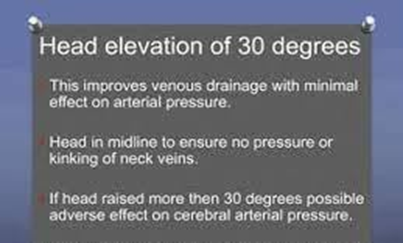Emma, a 32-year-old female diagnosed with an autoimmune disease, is learning about antibodies. Which of the following actions can antibodies perform to neutralize harmful - antigens in Emma's body? Select all that apply.
Inflicting mechanical damage on the antigen
Initiating the complement system
Emitting chemicals that modify the antigen's environment
Targeting the antigen's cellular nucleus
Constructing molecular chains to remove the antigen
Correct Answer : B,C
A. Antibodies don't typically cause physical damage to antigens.
B. Antibodies can initiate the complement system, which is a cascade of proteins that can lyse or opsonize antigens.
C. Antibodies can also emit chemicals that modify the antigen's environment, such as cytokines or histamine, which can attract other immune cells or cause inflammation.
D. Antibodies typically target specific proteins or structures on the antigen's surface, not the cellular nucleus.
E. This action doesn't accurately describe the function of antibodies.
Nursing Test Bank
Naxlex Comprehensive Predictor Exams
Related Questions
Correct Answer is B
Explanation
A. TCR Gene Rearrangement testing is not used to identify bacterial infections.
B. TCR Gene Rearrangement testing is used to detect clonality in lymphoid cells, aiding in the diagnosis of lymphoproliferative disorders such as lymphoma.
C. This testing is not primarily used to evaluate genetic disorders.
D. TCR Gene Rearrangement testing does not measure electrolyte imbalance.
Correct Answer is D
Explanation
A. While position changes are important, maintaining proper head positioning is crucial for managing increased intracranial pressure (ICP).
B. While assessing the patient's level of consciousness is important, excessive stimulation can increase ICP.
C. Keeping the patient flat can exacerbate increased ICP, and elevation of the head is preferred.
D. Elevating the head of the bed helps promote venous drainage from the brain and can reduce ICP.

Whether you are a student looking to ace your exams or a practicing nurse seeking to enhance your expertise , our nursing education contents will empower you with the confidence and competence to make a difference in the lives of patients and become a respected leader in the healthcare field.
Visit Naxlex, invest in your future and unlock endless possibilities with our unparalleled nursing education contents today
Report Wrong Answer on the Current Question
Do you disagree with the answer? If yes, what is your expected answer? Explain.
Kindly be descriptive with the issue you are facing.
